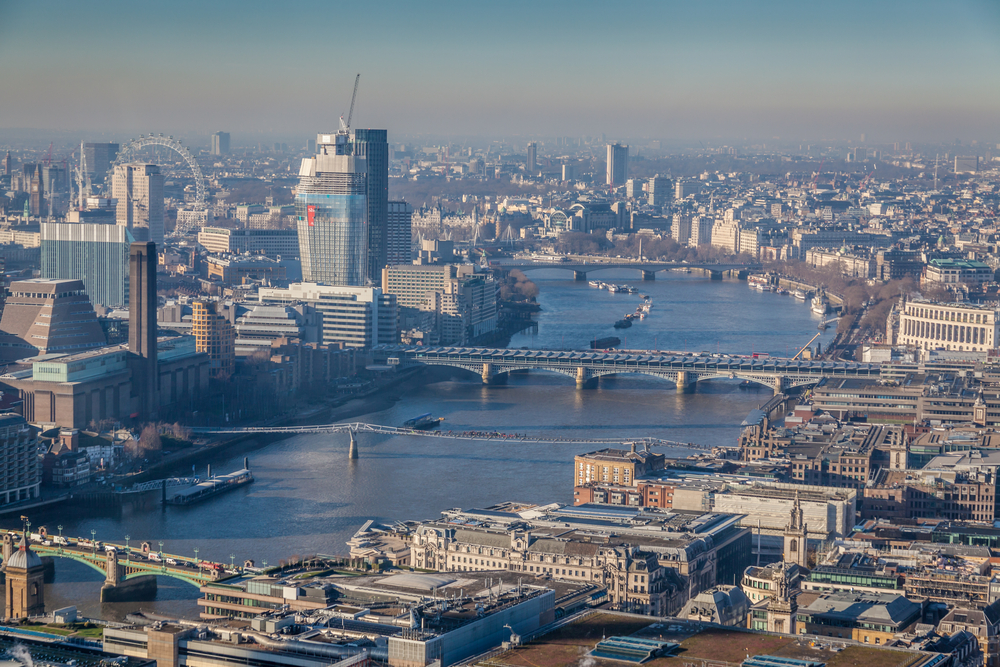Air Pollution in London Is Enough to Counter Exercise Benefits in Older Adults, Study Finds
Written by |

A new study conducted in London suggests that exposure to air pollution is enough to counter the health benefits of exercise in adults age 60 or older regardless of whether they have chronic obstructive pulmonary disease (COPD), heart disease, or are healthy.
These findings stem from one of two recently published studies led by scientists at MRC-PHE Centre for Environment and Health at Imperial College London and King’s College London.
The study, titled “Respiratory and cardiovascular responses to walking down a traffic-polluted road compared with walking in a traffic-free area in participants aged 60 years and older with chronic lung or heart disease and age-matched healthy controls: a randomised, crossover study,” was published in the journal The Lancet.
To conduct this study, researchers recruited 119 volunteers ages 60 and older and assessed their physical performance before and after a stroll in two different London streets. The goal was to determine the effects of exercise on cardiovascular health. Measurements included lung volume exhaled, blood pressure, and blood vessel expansion.
Some of the participants were healthy, others had stable COPD, and others had stable heart disease.
Volunteers were asked to walk for two hours in two London settings at noon. One group was given a route in a quiet part of Hyde Park, while the other group was sent to a part of the city that has been frequently observed to breach air quality limits set by the World Health Organization (WHO), along Oxford Street.
The team found that all participants sent to Hyde Park benefited from their walk, the analysis showed. Lung capacity improved within the first hour – with such improvement lasting for more than a day in many cases. The walk along Oxford Street, however, only led to a small increase in lung capacity, far lower than that recorded in the park.
After the stroll in the park, blood flow and heart rate increased, blood pressure decreased, and arteries became less stiff, with a maximum change from baseline to over 24 percent in healthy and COPD volunteers, and more than 19 percent in heart disease patients.
The walk along Oxford Street was not nearly as beneficial. There was a maximum change in arterial stiffness of just 4.6 percent for healthy volunteers, 16 percent for COPD patients, and 8.6 percent for heart disease patients.
“These findings are important, as for many people, such as the elderly or those with chronic disease, very often the only exercise they can do is to walk. Our study suggests that we might advise older adults to walk in green spaces, away from built-up areas and pollution from traffic,” Kian Fan Chung, senior author of the study, said in an MRC news release.
“It is possible that studies such as this could support new air quality limits. It shows that we can’t really tolerate the levels of air pollution that we currently find on our busy streets … These are issues that mean we really need to reduce pollution by controlling traffic,” Chung added. “That should allow everyone to be able to enjoy the health benefits of physical activity in any urban environment.”
Although stress could account for some of the physiological differences observed in the two settings, researchers emphasize that exposure to air pollution can never be beneficial to human respiratory and cardiovascular systems.




